The Jewish rebellion ended in a Jewish victory. It’s worth mentioning as it wouldn’t happen again for another two thousand years. A small Jewish kingdom existed for a hundred years, until the Romans took over.
Main sites: Jerusalem, Modi’in
Check out our shop where you can purchase tours! Learn More
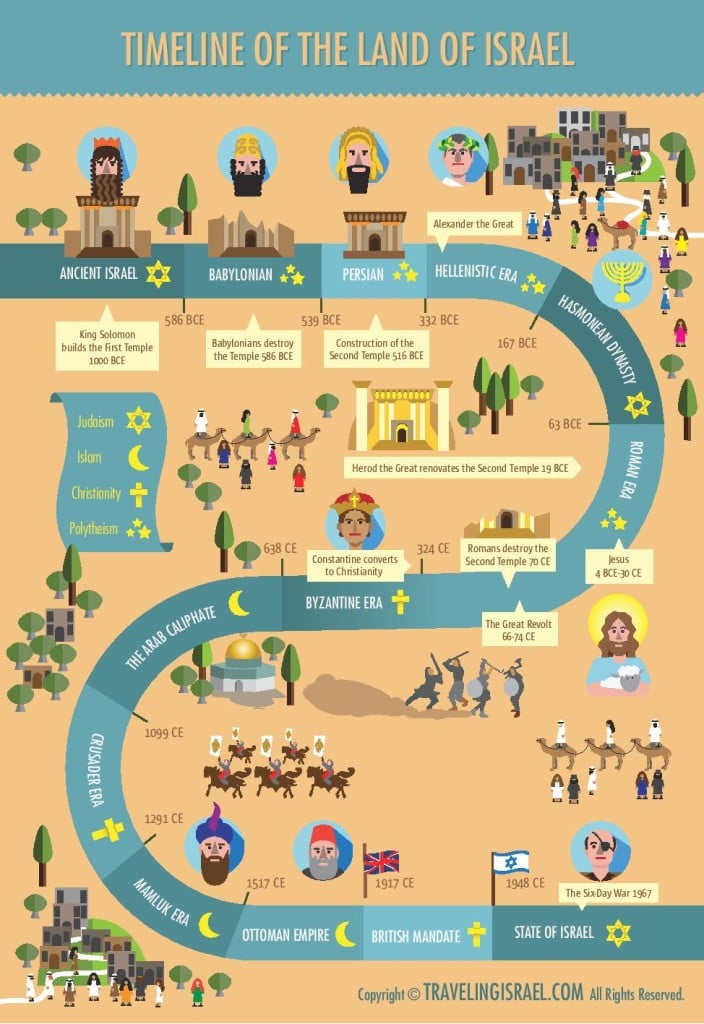
You will find this timeline here as a poster at the back cover of my Booklets. The booklets are only sold outside Israel, so order now and come prepared!.
Trying to understand the never ending history of Israel can be so overwhelming that many give up and let all the names and dates pass them by.
But doing that means you’ll miss out on a big part of the story. Here is the minimum you need to know in order to understand Israel.
A lot of prehistoric sites exist in Israel because when the first man left Africa he went through the Land of Israel. However, these prehistoric sites are rather modest and not particularly impressive so unless you have a special interest in this period the vast majority of sites you visit will be from the historic era, i.e. the last 4,000 years.
This period is also called the Bronze Age as people started using bronze tools, bronze being stronger than copper. However a much more important and powerful tool was writing, initial systems of which also came into use at this time. In fact the advent of writing systems marks the borderline between prehistory and history.
The oldest scripts that mention the Land of Israel were not found in the region, but rather in the empires that ruled the Middle East for centuries. The Canaanites were not one nation but different people who lived in city-states and paid taxes to Egypt.
Main sites: Jerusalem (City of David), Jaffa, Jericho and Megiddo.
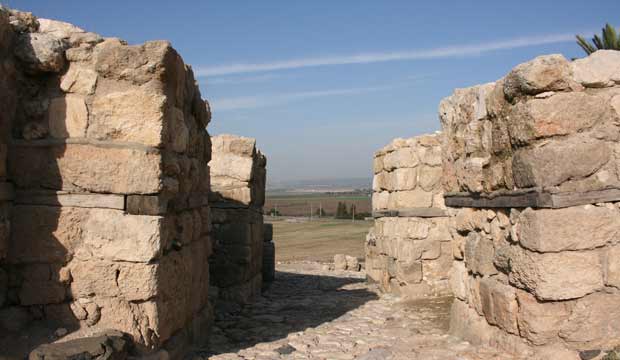
The Israelites took over the Land of Israel, conquering the Canaanites and fighting against the Philistines.
King David made Jerusalem his capital and his son, King Solomon, built the First Temple. After the death of Solomon the kingdom split into two – Israel (the ten tribes) in the Galilee, and Judah around Jerusalem. In 732 the kingdom of Israel was conquered by Assyria and the Jews were expelled.
A hundred and fifty years later, in 586, Babylonia invaded Judah, destroying the temple and exiling the Jews.
Main sites: Kingdom of Israel – Megiddo, Hazor, Dan National Park; Judah – Jerusalem, Lachish
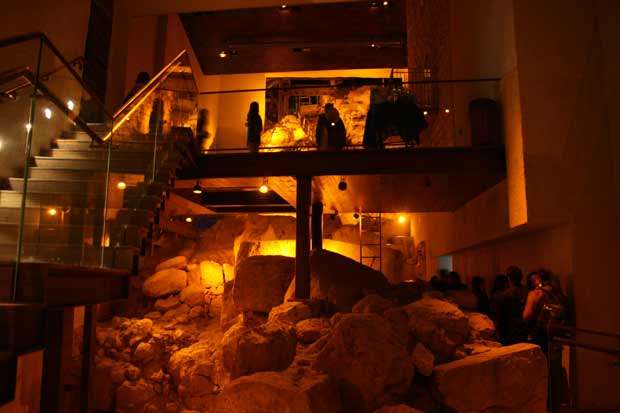
In the year 539 the Persians conquered the Babylonian Empire and Cyrus the Great gave the Jews permission to return to Jerusalem.
Some Jews came back and built the Second Temple in 516 BC. The Second Temple was modest in comparison to the First Temple.
Main sites: Jerusalem
The Persian period ended when Alexander the Great conquered the Middle East in 332 BC.
Until that time, for thousands of years, the Land of Israel had been ruled by Egypt and by the empires from Mesopotamia – Assyrian, Babylonian, Persian, etc. The Hellenistic period marks the beginning of the influence of European power in the Middle East, which was to come to a peak in the Roman Era.
In 323 BCE Alexander the Great died and the empire was divided between his successors. The Land of Israel became a battleground between two successors: the Ptolemaic Kingdom, which was based in Egypt, and the Seleucid Empire, which ruled Syria. The Land of Israel changed hands a couple of times until the Seleucids conquered it in the year 200 BC. In 167 BCE King Antiochus forbade Jewish religious practice and the Jews rebelled.
Main sites: Jerusalem
The Jewish rebellion ended in a Jewish victory. It’s worth mentioning as it wouldn’t happen again for another two thousand years. A small Jewish kingdom existed for a hundred years, until the Romans took over.
Main sites: Jerusalem, Modi’in
The Roman takeover was a gradual process.
The Hasmonean regime was taken over by Herod’s family and then by Roman prefects, or military governors, the best known of whom is Pontius Pilate. Relations between the prefects and the Jews deteriorated until the Jews rebelled in 66 CE. In the year 70 the temple was destroyed and in 74 the rebellion ended when the Romans defeated the rebels in Masada.
This period is extremely important and many of the sites you will visit in Israel are connected to this time – the end of the Second Temple.
Jesus and his disciples formed Christianity, and Judaism changed from a religion based on the temple to a religion based on prayers and Jewish law.
The Jews carried on living in the Land of Israel until they rebelled again in 132 – the Bar Kokhba revolt. The rebellion ended three years later with the destruction of Jewish life in Judea. The Romans changed the name of Judea to Syria Palaestina in order to destroy the tie between the Jews and Judea. The center of Jewish life moved to the Galilee.
Main sites: almost all major sites in Israel – Jerusalem, Gamla, Qumran, Masada, Sepphoris, Tiberias, Caesarea and many more.
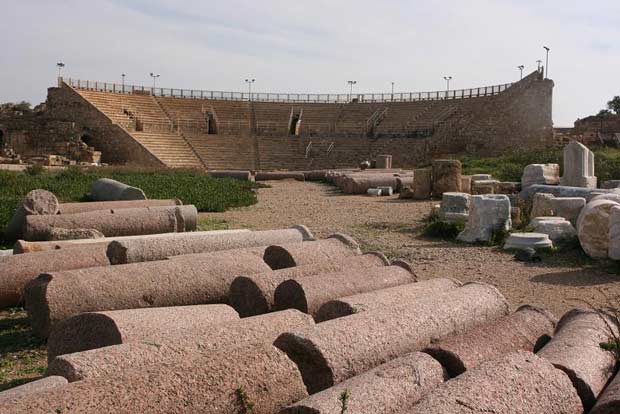
Unlike previous changes in rule, which had been brought about by war, the transition from the Roman to the Byzantine era was smooth; in fact people didn’t know they were living in the Byzantine era, as it is a new name that only came about in the 18th century.
People saw themselves as Roman. The name was given to mark the beginning of the conversion of Romans to Christianity. The first churches were built in this era.
Main sites: Jerusalem, Caesarea
Islam spread out from the Arabian Peninsula. The Land of Israel was conquered in 638 and ruled by Muslim empires based in Egypt, Syria and Mesopotamia.
It was during this era that the first mosques were built, the best known being the Al Aqsa Mosque. The Dome of the Rock, which is not actually a mosque, was built where the Jewish temple stood.
Main sites: Jerusalem and Ramla.
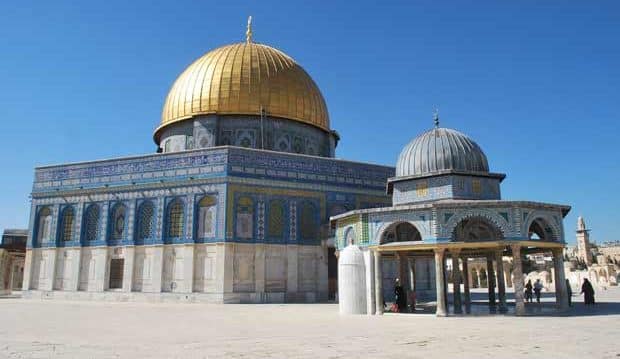
For various reasons the European powers decided to conquer Jerusalem and went on a series of crusades.
This era was marked by many battles between the Crusaders and the Muslims, the best known of which is the battle of Hattin (not far from the Sea of Galilee), which the Muslims won. But the Crusaders came back and stayed for another hundred years.
Main sites: Jerusalem, Acre, Hattin.
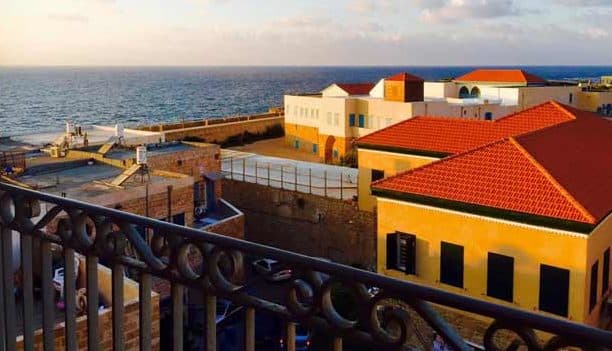
The Mamluk period is probably the one people generally know the least about.
The Mamluks were non-Muslim slave-soldiers who were forced to convert to Islam. Over the years they came to understand the power they had and therefore decided to murder their masters and start their own Muslim dynasty based in Egypt.
They were great fighters and defeated the Crusaders and even the Mongols that made it all the way to the Jezreel Valley in the Galilee. Their greatest fear was that the Crusaders would come back so they destroyed all the port cities.
Main sites: Jerusalem, Nimrod Fortress in the Golan Heights
The Ottoman Empire expanded very quickly only to deteriorate slowly for the next three hundred years.
Local rulers rose and fell and the central regime was weak and corrupt. Napoleon’s war campaign in the Middle East brought the Land of Israel to people’s attention, and the European powers took a new interest in obtaining a foothold in the area, but it wasn’t until the end of WWI that the Ottoman empire finally collapsed.
Main sites: Jerusalem (the Wall of the Old City), Akko.
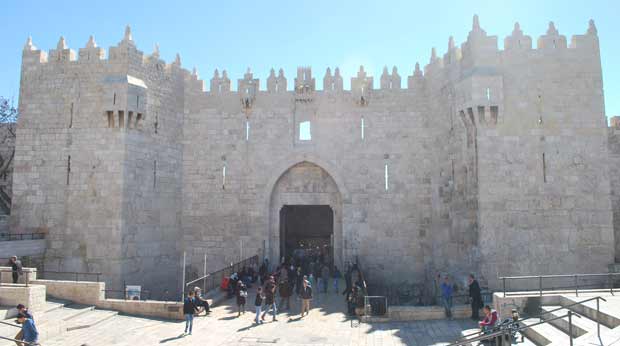
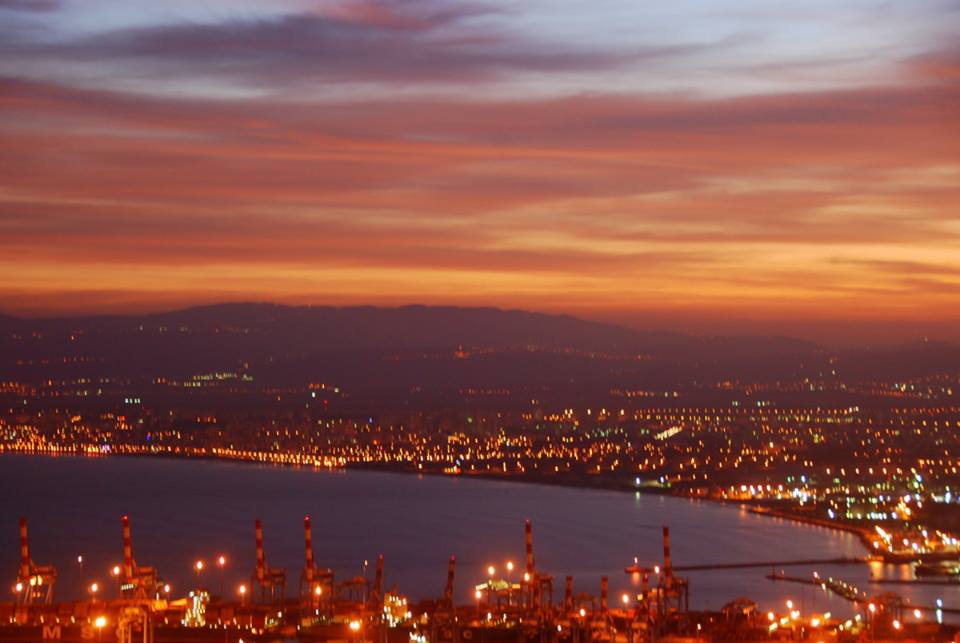
After WWII the British had enough problems to contend with at home and didn’t want to be involved in fighting in the Middle East.
They brought the issue back to the U.N., which recommended a partition of Mandatory Palestine. On 14th of May 1948, 2,000 years after the Romans liquidated the Jewish state, David Ben Gurion declared the establishment of the state of Israel.
Main sites: Israel
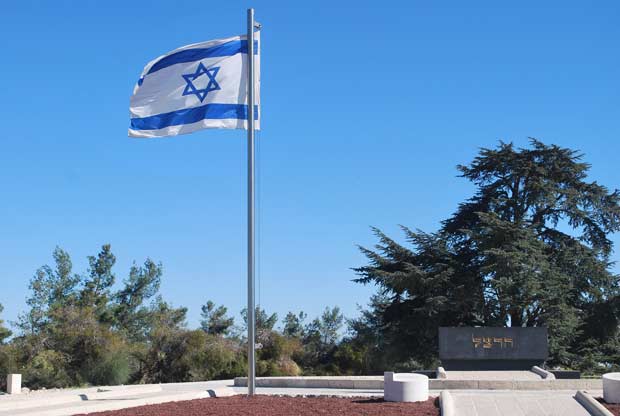
Want it shorter? Here is the order to remember: Canaanite, Israelite, Persian, Hellenistic, Hasmonean, Roman, Byzantine, Arab, Crusader, Mamluk, Ottoman, British and Israeli.

+ Discount Codes
…or as a PDF
©2024 Traveling Israel. All rights reserved. | SITEMAP | TERMS & CONDITIONS